 Thanks to New Orleans’s complicated history, settling patterns, and geographical layout, the city’s various neighborhoods are particularly distinct areas, often boasting their own architectural character, slang, and even accents.
Thanks to New Orleans’s complicated history, settling patterns, and geographical layout, the city’s various neighborhoods are particularly distinct areas, often boasting their own architectural character, slang, and even accents.
As a result, hyper-local pride runs deep here—which can feel ironic in a town where boundaries and labels are often fickle and fluid. (Is Uptown a real place or a relative term? Is the Bywater just a real estate invention? Why are some neighborhoods called by their Ward designations while others never mention theirs? What is the Warehouse District?) The “rules” of New Orleans neighborhoods are often more like intricacies and exceptions, and sometimes you might be standing in a spot with five different names.
And so, one could certainly make a strong case that Pigeon Town, a diverse, working-class sliver of Uptown by the Riverbend, is the most New Orleans neighborhood, simply because the area provides endless fodder for the city’s favorite pastime: arguing (often with total authority) about matters of NOLA orthodoxy. Because here, no one can agree on anything.
Thanks to hazy history, imprecise geography, and conflicting reports, it’s impossible to say with total confidence what the neighborhood’s boundaries are: most agree that we’re talking about an area bounded by Claiborne and the Parish Line, but the area’s other two boundaries are less clear. Even more confounding: not everyone agrees on “Pigeon Town” as the neighborhood’s name. Historical records are scant and further ambiguity introduced by pronunciation doesn’t help matters much.
Variously called Pigeon Town (apparently a corruption of ‘Pidgin,’ so-named for the area’s immigrant-derived linguistic diversity), Pension Town (variously attributed to Civil War veterans and their pension riches or working-class residents and their retirement funds), or simply P-Town, the neighborhood’s outlines and name depend on who you ask. As a result, Pigeon Town is more the construct of oral tradition than definitive, cartographic reality. Further, pronunciation in the area can also hover around “Pinchin,” and (almost certainly) apocryphal stories have popped up to support this etymology as well.
A subsection of Carrollton (originally its own incorporated town and annexed by New Orleans in the 19th Century) between Hollygrove and the Mississippi River, Pigeon Town is a largely residential neighborhood of considerable character and charm. Historically diverse, the area has shifted back and forth demographically for decades.
Pigeon Town includes a number of New Orleans landmarks: a large Sewerage and Water Board treatment facility, Carrollton Station, and the Oak Street commercial district—home to the Maple Leaf Bar and the annual Oak Street Po-Boy Festival.
Home to the Pigeon Town Steppers Social Aid and Pleasure Club and their annual Easter Parade, the neighborhood has long been home to musicians and artists, which surely helps to account for the poetic ambiguity surrounding its particulars.
Of course, you can always sidestep this entire debate. According to the City Planning Commission’s “official” 73 neighborhoods and the digital confidence of Google Maps, we’ve been talking about Leonidas this entire time. But what fun is there in a definitive answer?


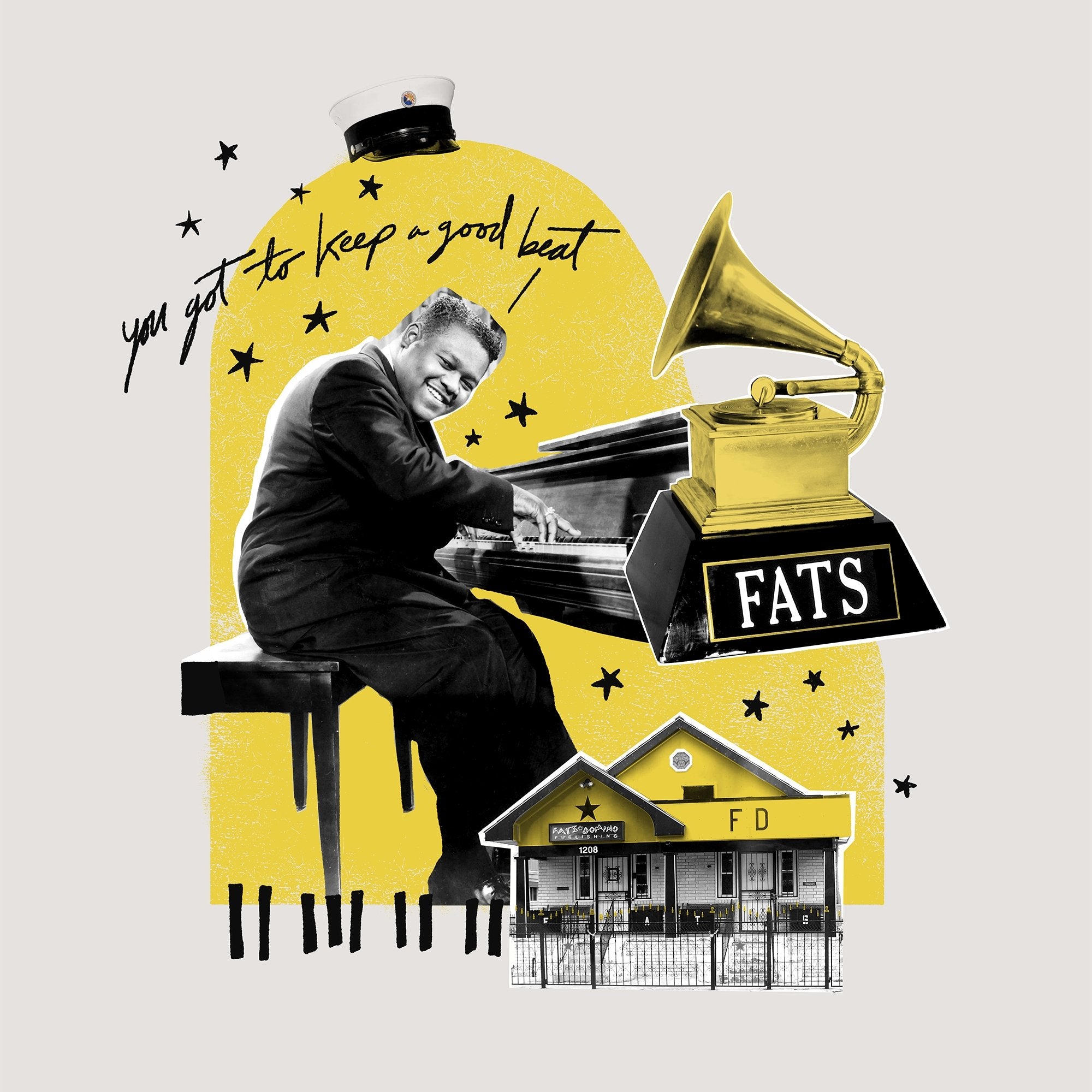
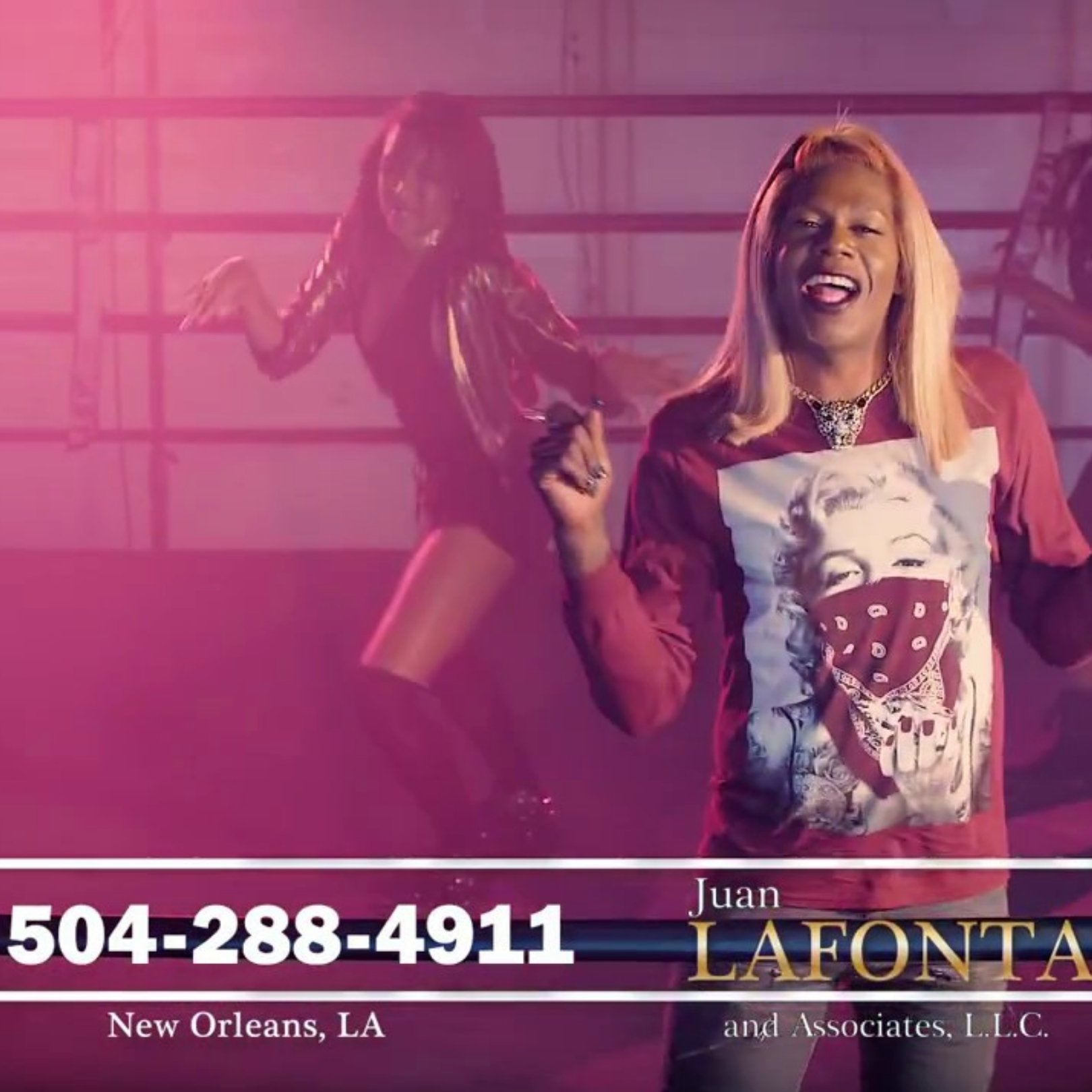
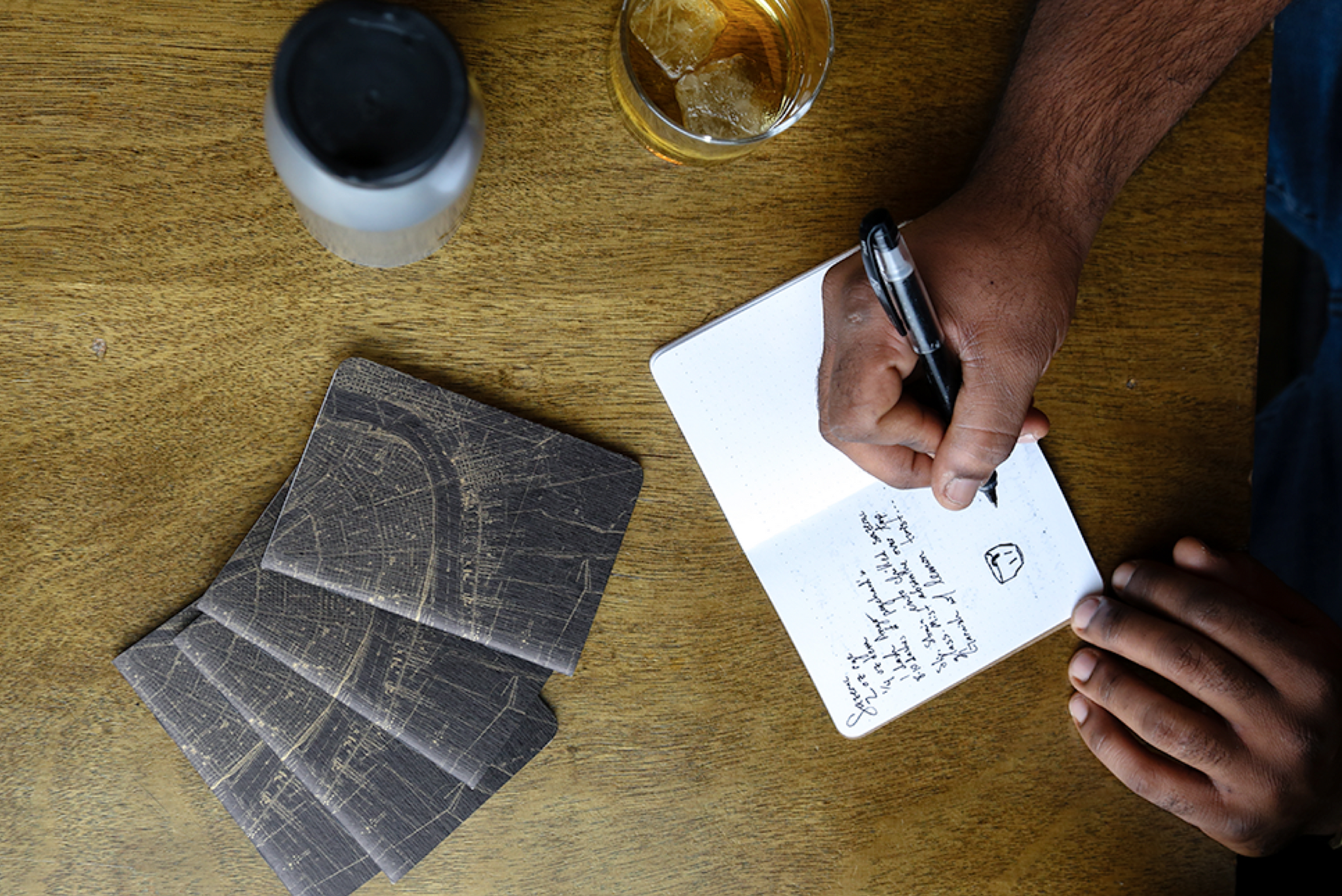
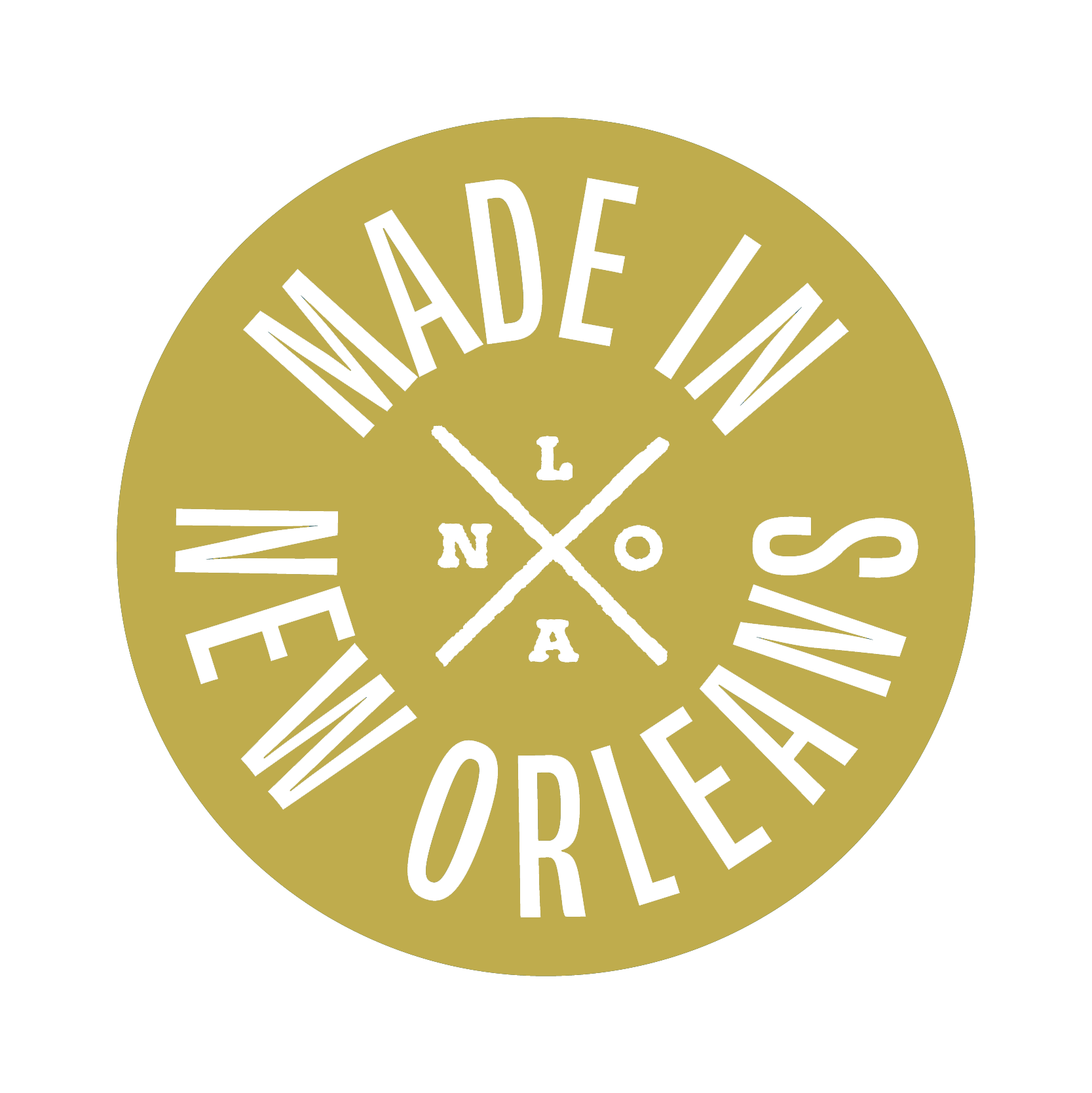

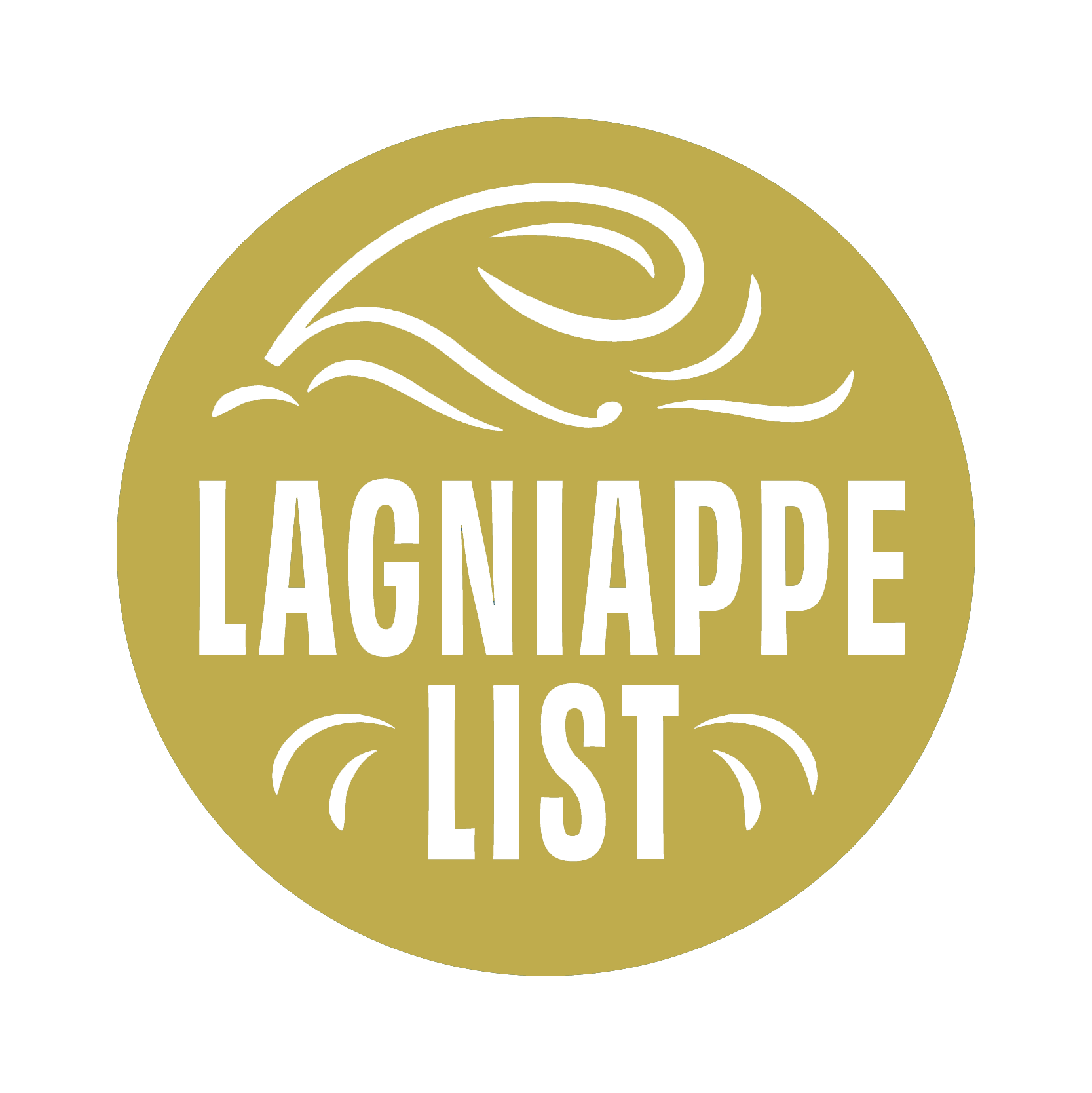

Leave a comment
All comments are moderated before being published.
This site is protected by hCaptcha and the hCaptcha Privacy Policy and Terms of Service apply.